OSIRIS-REx Bennu Mapping Animations
OSIRIS-REx will spend over a year orbiting and mapping asteroid Bennu in preparation of the mission's main science goal – collecting a sample of Bennu for return to Earth in 2023.
Edited movie of mapping animations
OSIRIS-REx arrival at Bennu.
Bennu reveal.
Detailed survey of Bennu.
OSIRIS-REx mapping Bennu.
OSIRIS-REx flying over Bennu
OSIRIS-REx mapping Bennu
Credits
Please give credit for this item to:
NASA's Goddard Space Flight Center Conceptual Image Lab
-
Animators
- Walt Feimer (HTSI)
- Adriana Manrique Gutierrez (USRA)
-
Kel Elkins
(USRA)
-
Technical support
- Aaron E. Lepsch (ADNET Systems, Inc.)
Missions
This page is related to the following missions:Release date
This page was originally published on Wednesday, August 17, 2016.
This page was last updated on Wednesday, May 3, 2023 at 1:48 PM EDT.
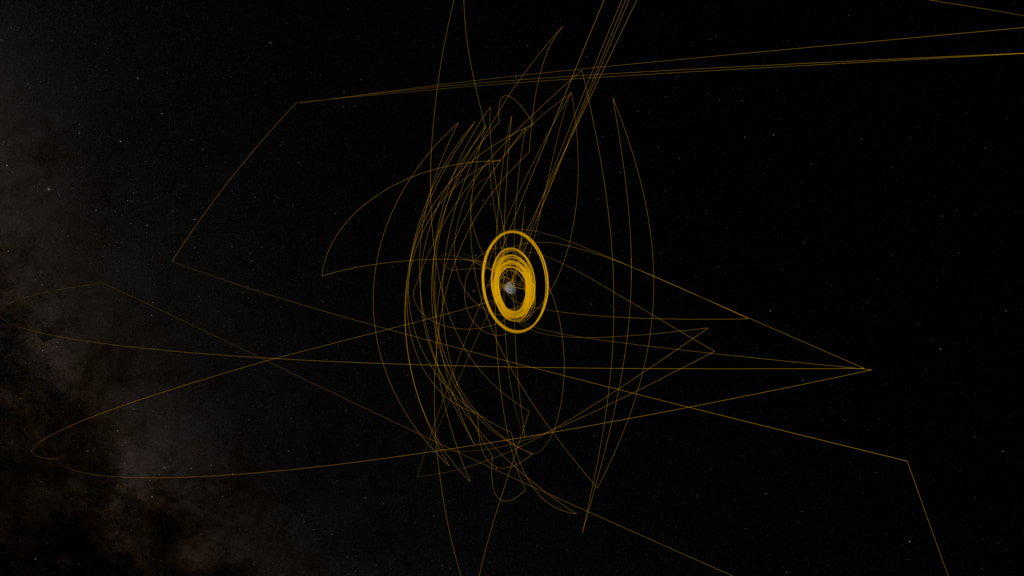
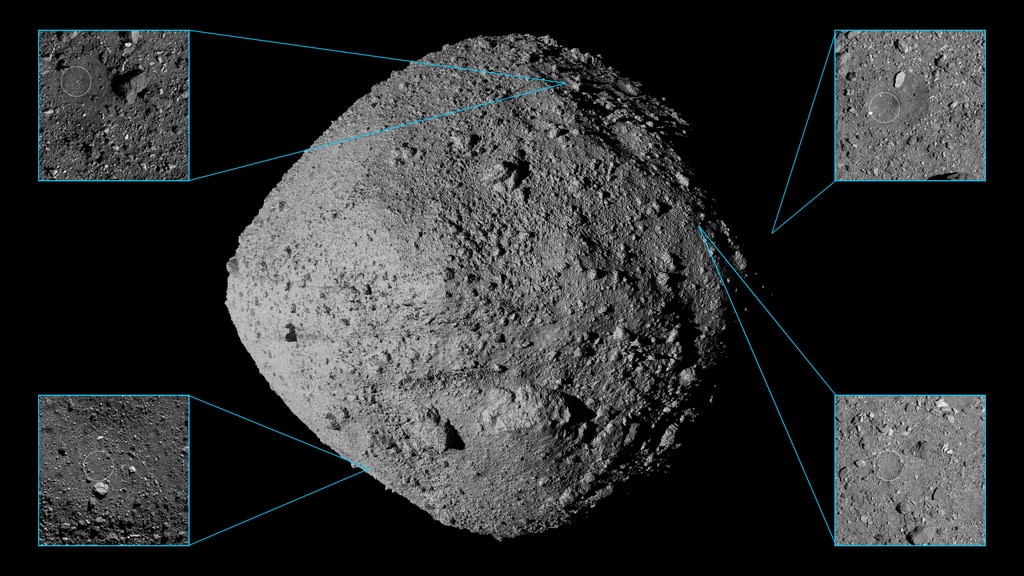
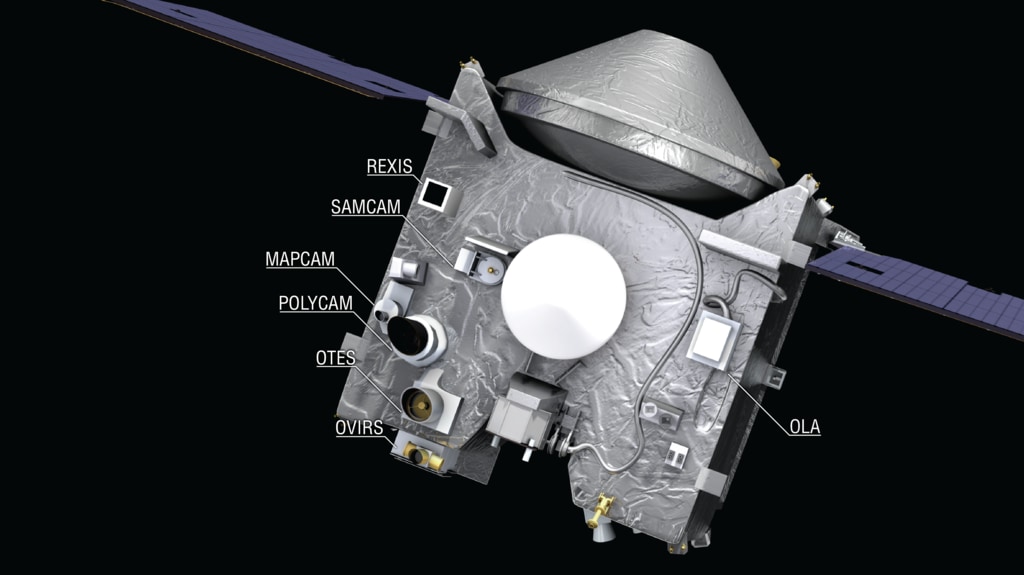
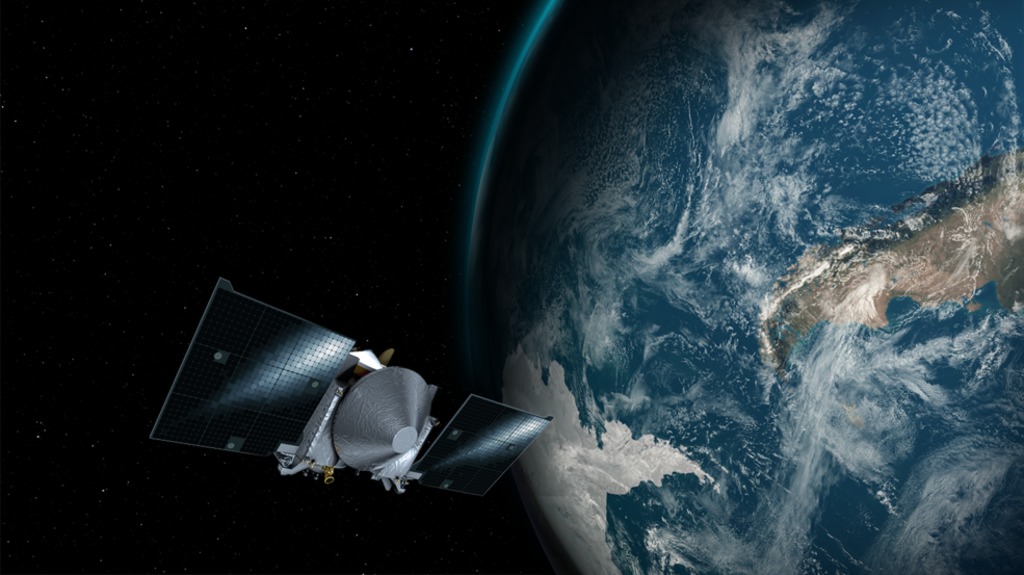
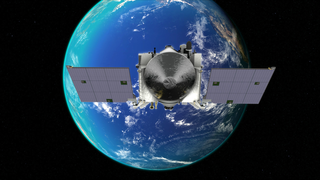
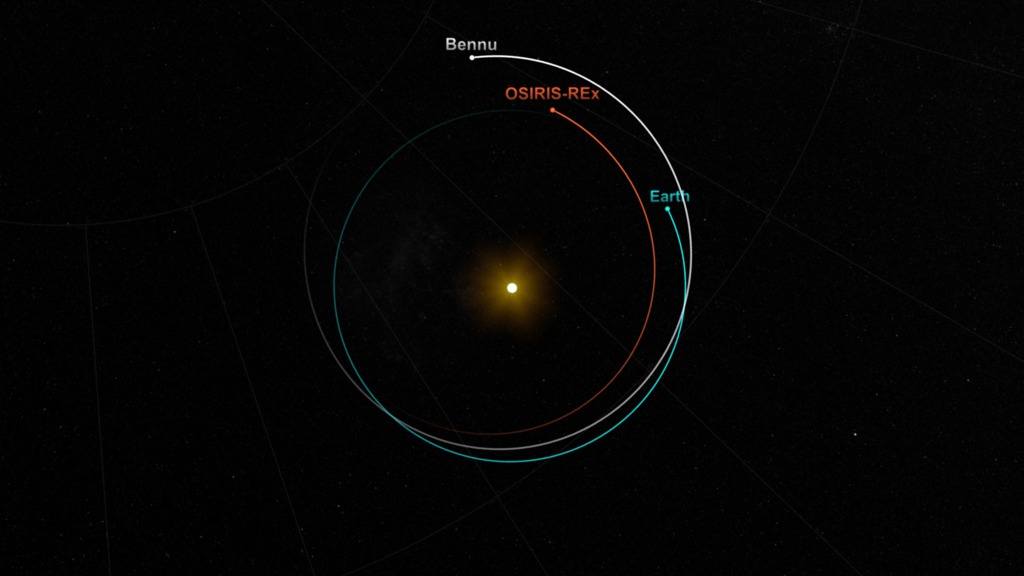
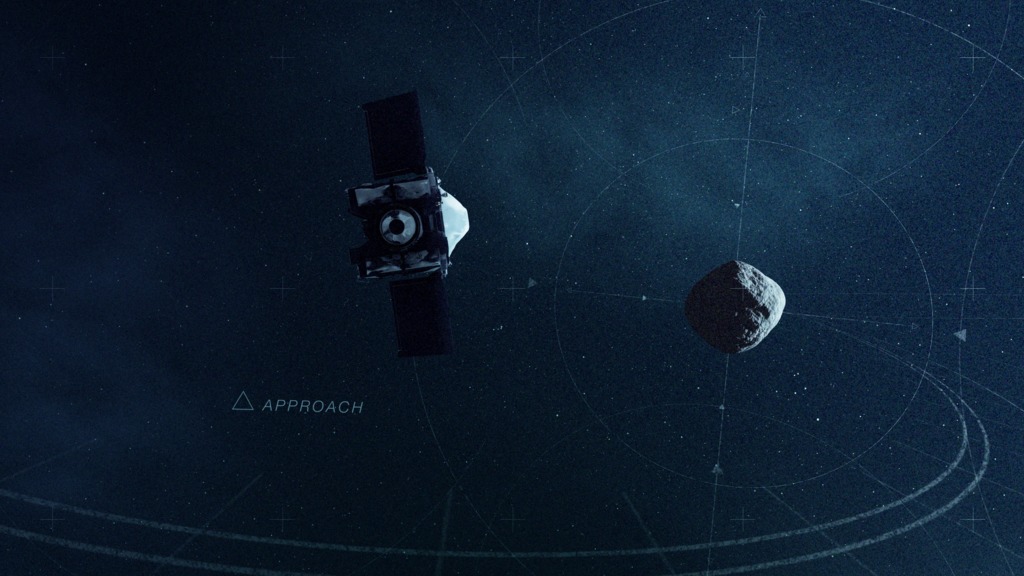
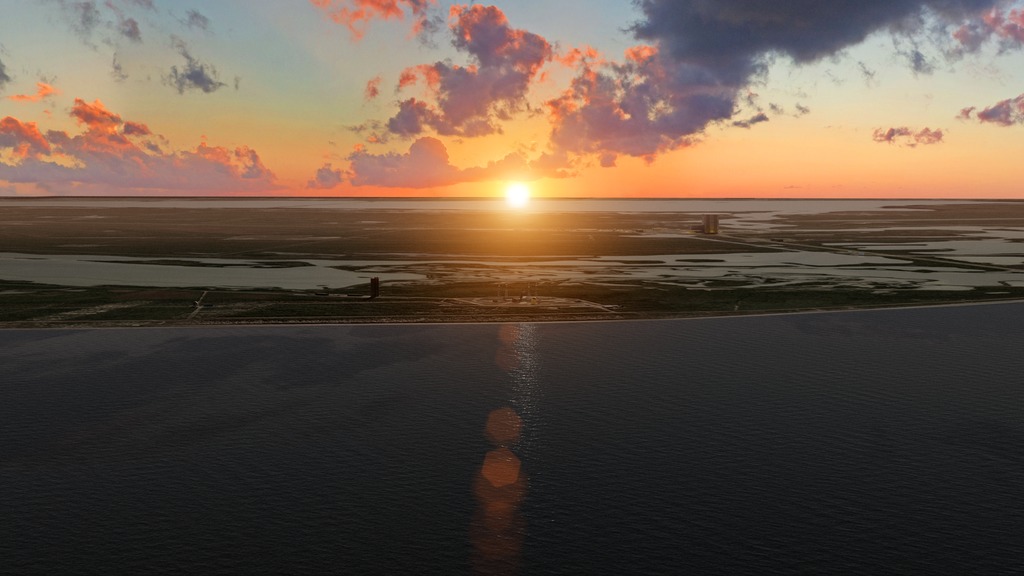
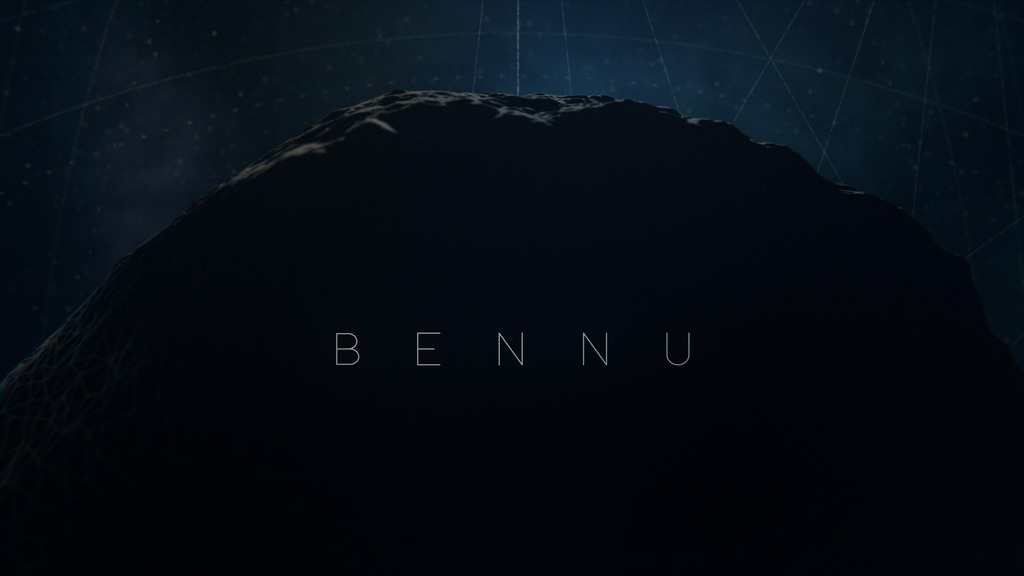
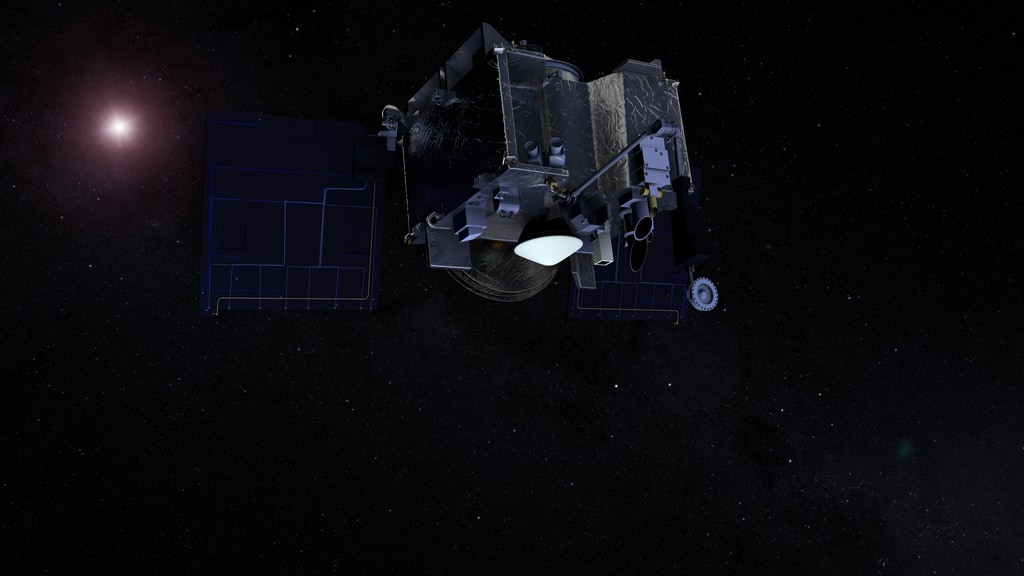
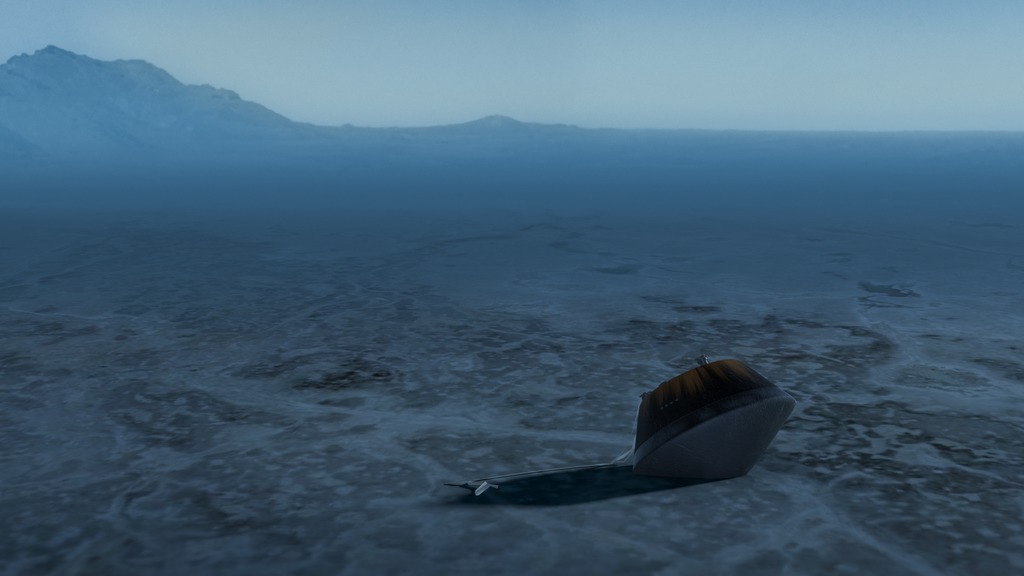
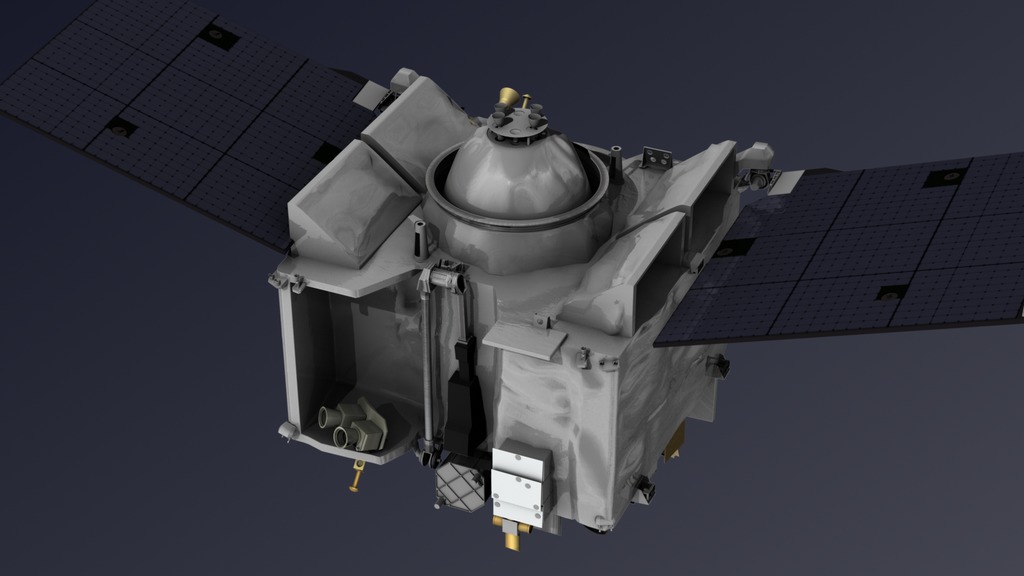
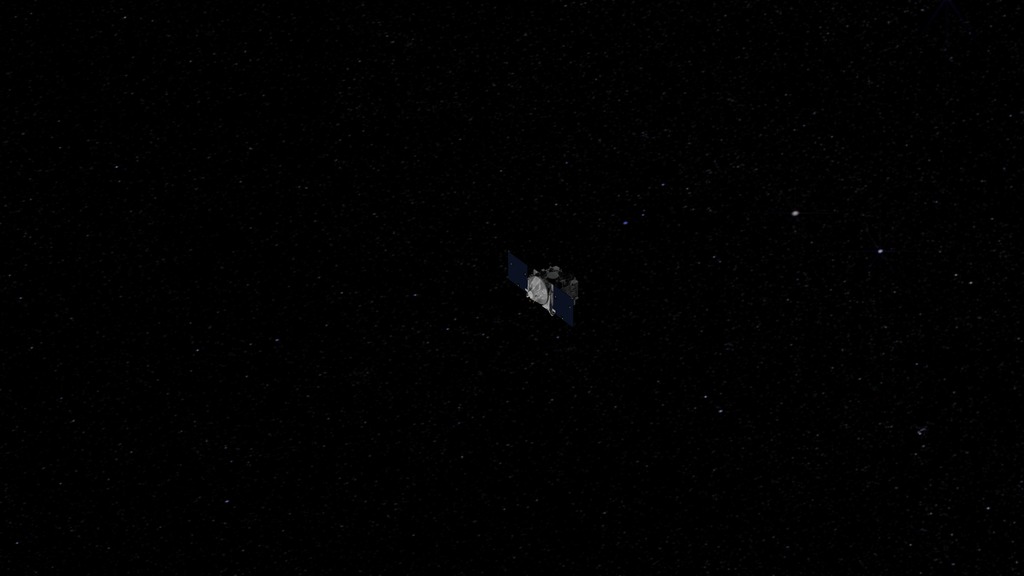
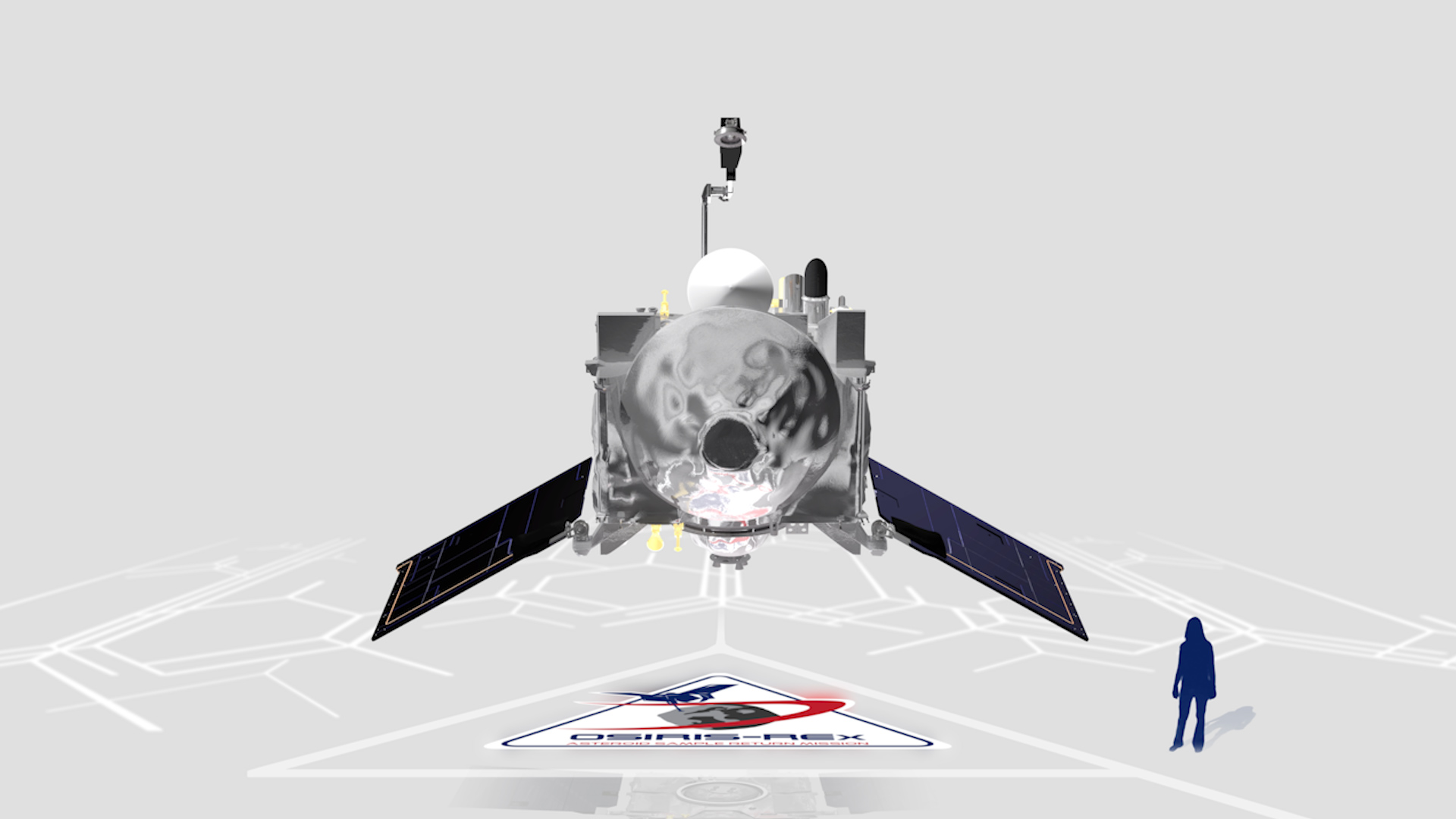
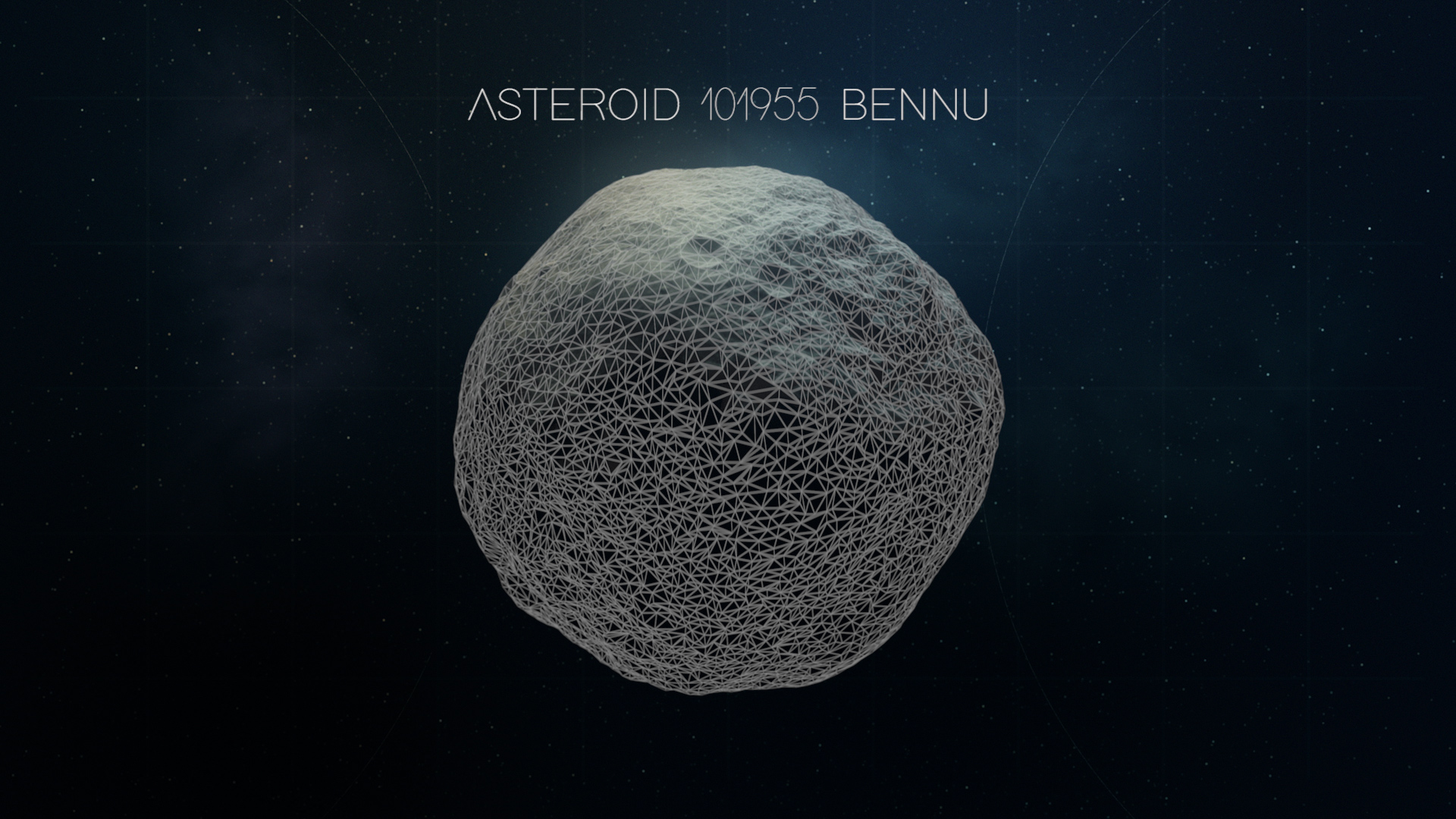
![NASA Science Live: OSIRIS-REx - X Marks the Spot [Episode 13]Air Date: December, 12, 2019Watch this video on the ScienceAtNASA YouTube channel.](/vis/a010000/a013500/a013504/NSL_ep13_still_print.jpg)
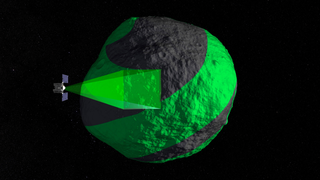
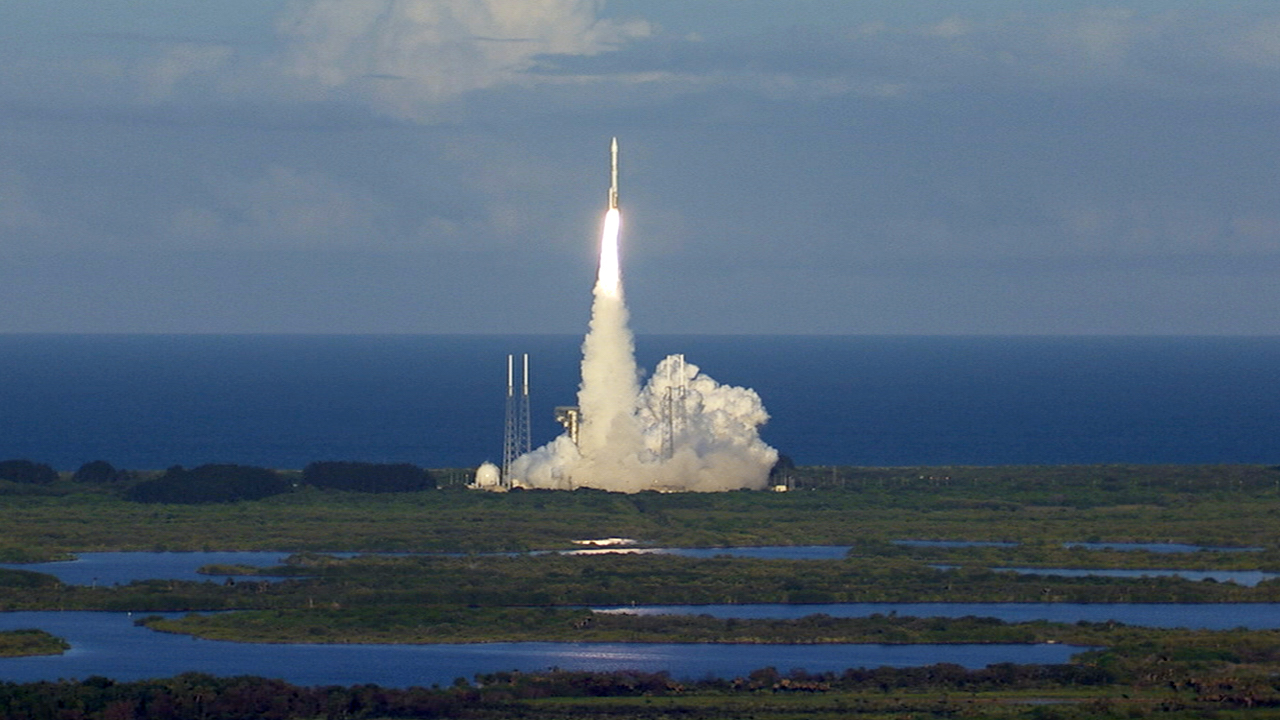
![The OSIRIS-REx camera suite will provide global maps and close-up images of asteroid Bennu, along with information about the carbon-rich asteroid's chemical makeup.This video is available for download in 4k resolution.Watch this video on the NASA Goddard YouTube channel.
Complete transcript available.Music Credits: "Ultimate Question" and "Victory Or Failure" by Guy & Zab Skornik [SACEM]](/vis/a010000/a012400/a012443/OCAMS_Preview_12443.jpg)
![To Bennu and BackMusic credits: "Defenders of the Earth" and "Finding Gaia" by Daniel Jay Nielson [ASCAP]; Atmosphere Music Ltd PRS; Volta Music; Killer Tracks Production Music](/vis/a010000/a012300/a012360/ToBennuAndBack_thumbnail.jpg)